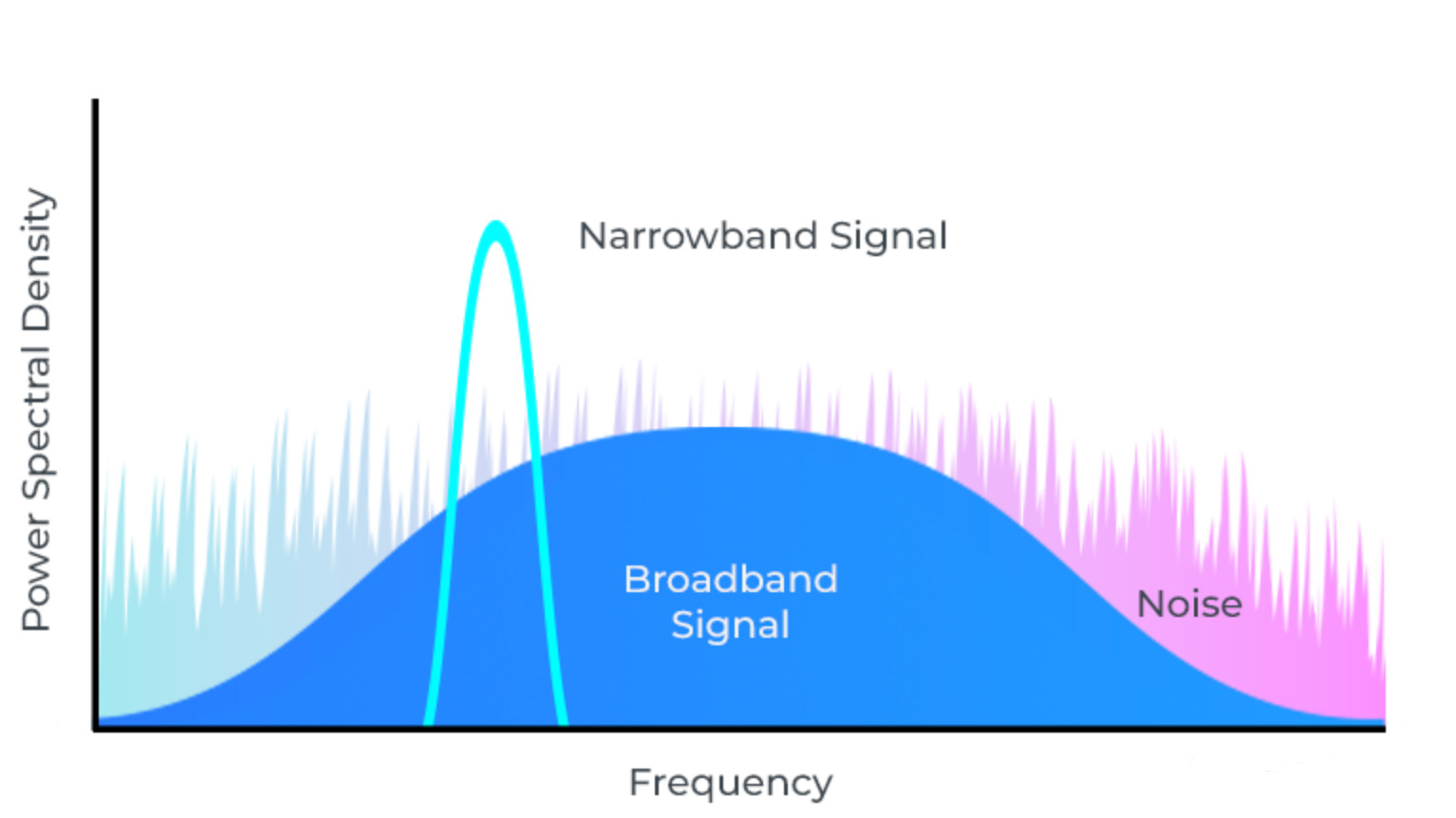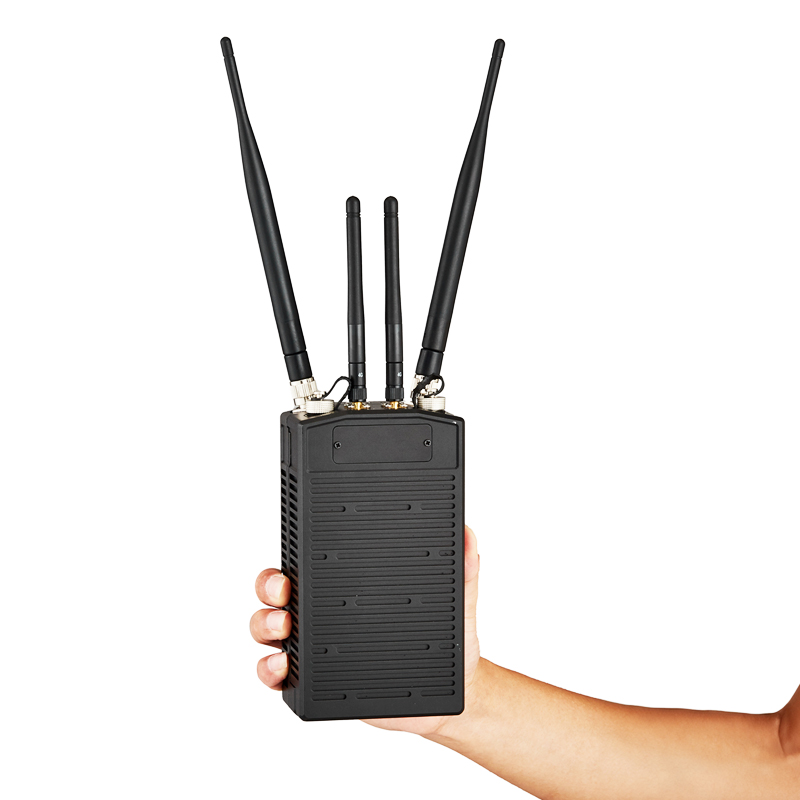With the development of Internet technology, network transmission speed has also been greatly improved. In network transmission, narrowband and broadband are two common transmission methods. This article will explain the difference between narrowband and boardband, and analyze the advantages and disadvantages of each.
1. The difference between Narrowband and Broadband
Narrowband and broadband are two common network transmission technologies, and the main difference between them is transmission speed and bandwidth.
Narrowband is generally defined as a communication method with slower transmission speed and narrower bandwidth. Narrowband transmission can only transmit a small amount of data, and is suitable for some simple application scenarios, such as telephone and fax. Narrowband transmission technology is relatively simple and low in cost, but the transmission speed is slow and cannot meet the high-speed transmission requirements such as large-scale data transmission or high-definition video.
Broadband refers to a communication method with faster transmission speed and wider bandwidth. Broadband can transmit multiple types of data at the same time, such as voice, video, image, etc. Broadband transmission is a high-speed, large-capacity data transmission technology that can realize mixed transmission of multiple different types of signals on the same communication medium Broadband transmission technology is more advanced than narrowband, can guarantee transmission stability and security, and has become the mainstream transmission method in the modern Internet era. In general, narrowband and broadband have their own advantages and disadvantages. Which transmission method to choose depends on actual needs.
From a conceptual point of view, "narrow" and "wide" are relative concepts, there is no strict numerical limit, and they are channel characteristics relative to signal characteristics. The difference between the two is as follows: ① "The signal to be transmitted" is called the source. The source signal whose bandwidth is much smaller than the center frequency of the carrier is a narrowband signal, and conversely, the signal with comparable size is called a broadband signal. ②The frequency band resource allocated to you + the real propagation environment, we call it the channel. The wider the allocated frequency band resources and the more stable the propagation environment, the higher the data rate that the channel can carry. ③ From the spectrum of the waveform, the signal bandwidth is Δf , and the carrier frequency is fc. When Δf <<fc, the system is called a narrowband system.
To put it simply, the biggest difference between broadband and narrowband is bandwidth. Not only did the Federal Communications Commission of the United States provide relevant explanations on this in 2015, but it was also made clear on World Telecommunications Day in 2010 that bandwidths less than 4M are called narrowband, and only bandwidths greater than 4M or above can be called broadband.
What is bandwidth?
The word bandwidth initially refers to the width of the electromagnetic wave band. Simply put, it is the difference between the highest and lowest frequency of the signal. Currently, it is more used to describe the maximum rate at which a network or line can transmit data. In the communication line industry, many people compare it to a highway, the amount of data transmitted on the line within a period of time.
The common unit of bandwidth is bps (bit per second), which is the number of bits that can be transmitted per second. Bandwidth is a core concept in fields such as information theory, radio, communications, signal processing, and spectroscopy.

2.Advantages and disadvantages of narrowband and broadband
2.1 Advantages of narrowband
1. The price is relatively cheap, suitable for low-cost communication applications.
2. Applicable to some simple communication methods, such as telephone, fax, etc.
3. Easy to install and use.
2.2 Disadvantages of narrowband
1. The transmission speed is slow, and it can only transmit simple text, numbers, etc., and is not suitable for mass data transmission, such as video, audio, etc.
2. The stability and security of data transmission cannot be guaranteed.
3. The bandwidth is small and the transmission capacity is limited.
Broadband transmission technology has the following advantages:
High speed
Broadband transmission technology has a very high transmission speed, which can meet people's needs for large-capacity and high-speed data transmission.
High capacity
Broadband transmission technology can transmit multiple types of signals at the same time, realize the integration and sharing of multimedia information, and have a large transmission capacity.
Strong stability
Broadband transmission technology reduces channel interference and noise and other influencing factors through multiplexing technology, and improves transmission quality and stability.
Adaptable
Broadband transmission technology can adapt to different network environments and data transmission requirements, including wired and wireless, public network and private network, etc., and has a wide range of applications.
In short, as a high-speed, large-capacity data transmission technology, broadband transmission technology can realize mixed transmission of multiple different types of signals on the same communication medium, and has broad application prospects and market demands. The development of broadband transmission technology provides people with faster, more stable and more efficient data transmission methods, and can also improve the quality and security of the network.
2.4 Disadvantages of Broadband
1. The cost of equipment is high, and more funds need to be invested in construction and maintenance.
2. When the network infrastructure in some areas is insufficient, broadband transmission may be affected.
3. For some users, the bandwidth is too large, which is a waste of resources.
In general, narrowband and broadband each have their own applicable scenarios and advantages and disadvantages. When choosing a communication method, it should be selected according to actual needs.
Relying on its unique advantages of random networking, non-center self-organizing network products have gradually become a part of the emergency communication system and played an important role. Distinguished from the technical point of view, the non-center ad hoc network technology can be divided into "narrowband ad hoc network technology" and "broadband ad hoc network technology".
3.1 Narrowband Ad Hoc Network Technology
Represented by the voice communication system, the channel spacing of 12.5kHz and 25kHz is usually used to carry data, which can support low-speed data services including voice, sensor data, etc. (some also support picture transmission). Narrowband ad hoc network technology is also mostly used in voice communication systems in emergency communication products. Its advantages are clear, such as frequency resource reuse, saving spectrum resources, and convenient terminal roaming; regional coverage is completed through multi-hop links; no wired connection is required in the network, and deployment is flexible and fast.
3.2 Broadband Ad Hoc Network Technology
The concept of routing is a characteristic of broadband ad hoc network technology, that is, nodes can transmit information in the network according to the purpose (unicast or multicast). Although the coverage of broadband ad hoc network is lower than that of narrowband , its support for large data traffic (such as real-time video and voice transmission ) is the key to its existence. Broadband ad hoc network technology usually has a high bandwidth of 2MHz and above. Moreover, with the increasing demand for digitization, IP and visualization, broadband ad hoc network technology is also an indispensable part of emergency communications.
IWAVE communication has an independent technical research and development team and has developed a series of high-bandwidth MESH non-central ad hoc network products, which can transmit video and communication wirelessly over long distances, and are widely used in fire protection, patrol, emergency rescue, and modern strategic deployment. And other fields, have a very good performance.
Post time: Sep-08-2023






